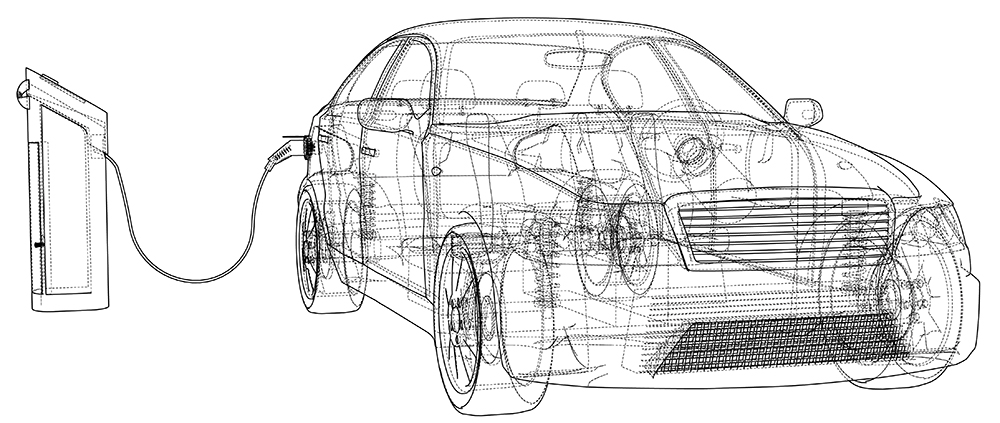Tips for Charging Your Electric Vehicle
By Hugo Jule | Spring 2020 | Clean Power Guide
For many people, charging up is the scariest part about switching to an electric vehicle. Making sure you have the right charger, the right schedule, and the right tools to plan your trips will help you relax into owning an EV. Here are three tips for charging.
What charging ACCESS does your EV need? That depends on your patterns of use.
The gold standard is the extensive Tesla charger network, and there are adapters on the market today that allow other types of EVs to use these chargers. For the rest of us, DC fast chargers are becoming more common, especially on highways. These chargers can provide up to 100 miles of range in under an hour, but they are too high-powered for home use.
For home charging, the most basic is the Level 1 charger.
Level 1 (L1) chargers, which come standard with most electric vehicles, are the slowest, restoring about five miles of travel range per hour. On the plus side, these can be plugged into a regular 120-volt wall outlet.
More convenient is a Level 2 (L2) charger, which works on a 240-volt circuit (like a clothes dryer outlet), and can easily add 20 to 25 miles of range per hour. Many L2 models can be purchased and installed for under $1,200.
Keep in mind that some wiring upgrades may be needed for a home charger, for example, if the electrical panel is full of breakers or there isn’t enough amperage of capacity. Talk with an electrician to be clear about what you need to install an EV charger.
It’s easy to find a charger on your driving route for advance planning. Refer to Plugshare.com and many other apps for the latest information.
